Lujiazui Financial District, Shanghai, China
© Jackal Pan/Getty Image
Tall, taller, tallest
Piercing the clouds above Shanghai as we celebrate National Skyscraper Day, each of these three supertall spires could be seen as a freeze-frame of China's swift economic growth in the past couple of decades. Jin Mao Tower (right, 1,380 feet) was China's tallest building from 1999 until the Shanghai World Financial Center (left, 1,614 feet) opened in 2007 and took the title. Shanghai Tower (center, 2,139 feet) topped out in 2013, besting the SWFC and becoming the second-tallest skyscraper in the world (behind Dubai's Burj Khalifa, 2,722 feet).
The Shanghai Tower is considered a megatall building. Yes, that's self-evident, but 'megatall' is a technical term, meaning that it's over 600 meters, or 1,969 feet. The structure has struggled to enlist tenants since its 2016 opening—owing partly to its clever inline-twist design that protects it from strong winds but makes for irregular floor plans. About 50 of 128 floors were unrented as of 2019, a slow start that may have influenced China's April 2020 decree limiting skyscraper height to 500 meters (1,640 feet) and encouraging lower-rise designs with more traditional Chinese aesthetics. Regardless, Shanghai Tower's observation deck, at more than 1,800 feet above street level, has become one of the freshest attractions in the ancient city.
Related Images
Bing Today Images
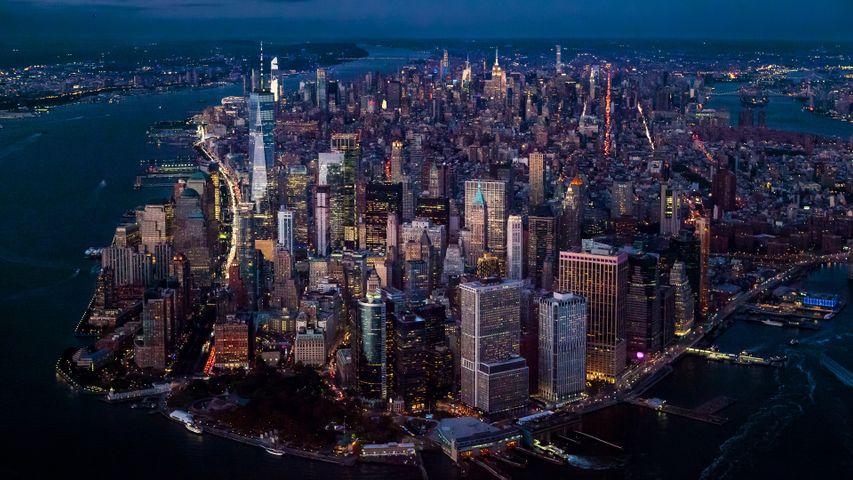
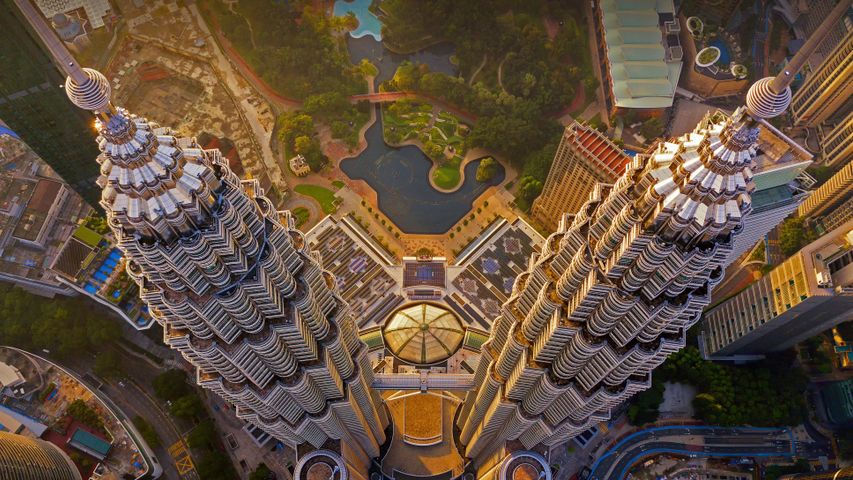

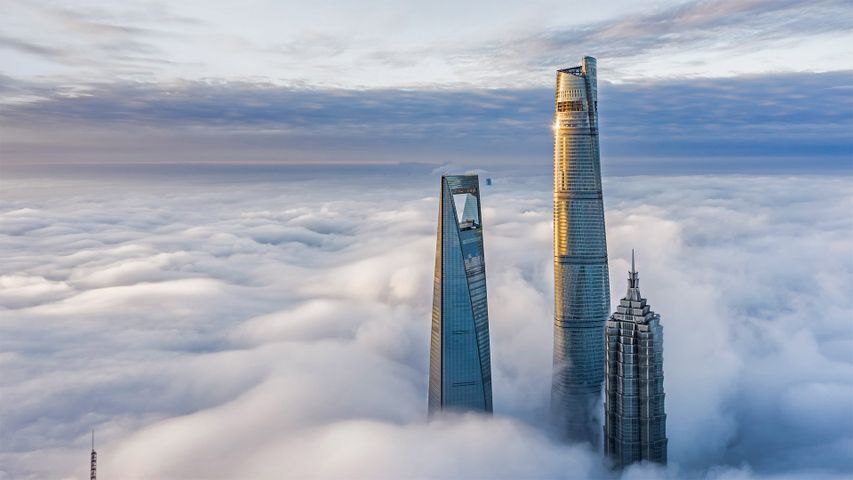
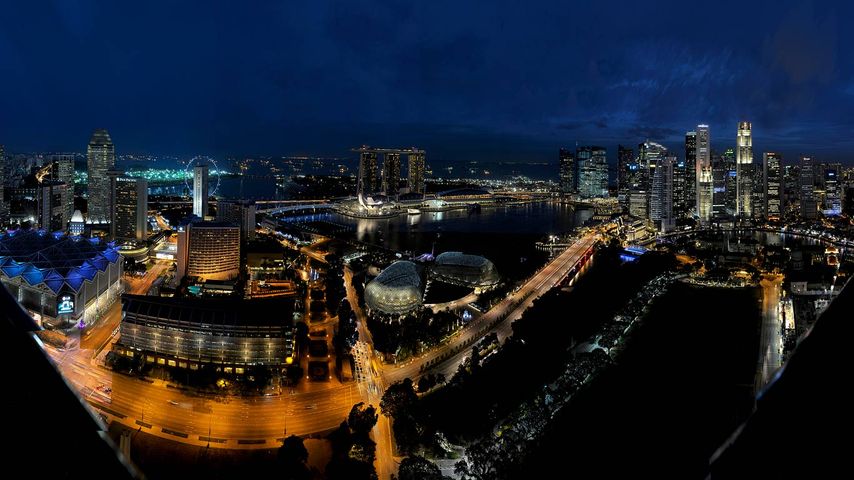 Marina Bay, Singapore
Marina Bay, Singapore
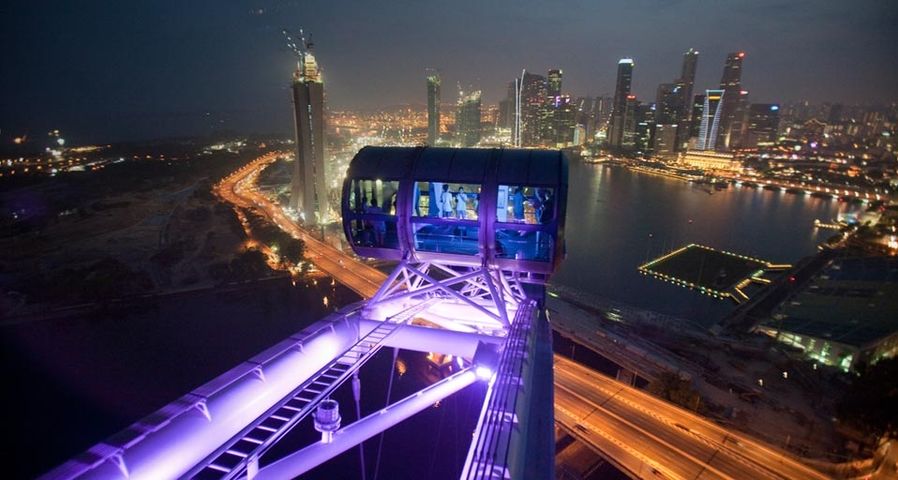 The Singapore Flyer, a 42-story-high observation wheel in Singapore
The Singapore Flyer, a 42-story-high observation wheel in Singapore

